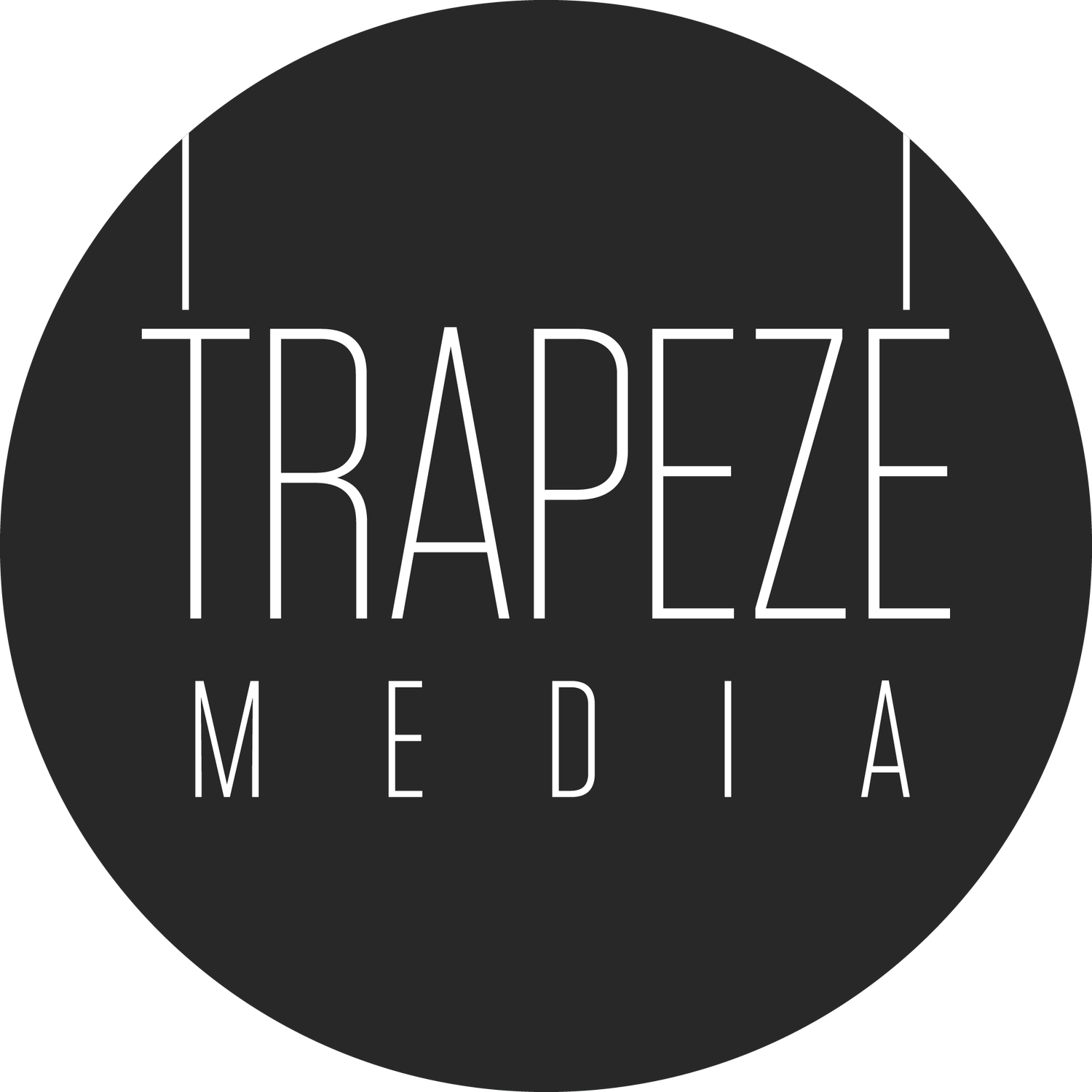What Apple’s email privacy updates mean for marketers
A year after their tracker-blocking features in iOS 14 sparked a war with Facebook and prompted marketers to find workarounds for retargeted ads, Apple are readying round two. With the release of macOS Monterey, iOS 15, and iPadOS 15, they’ll introduce a set of new privacy guards that email marketers need to know about. We’re here to show you the silver lining, and to explain what all this actually means for your email campaigns.
1) Apple are blocking in-email trackers
So, what are Apple actually doing?
Firstly, they’re bringing the tracker-blocking system introduced with iOS 14 to people’s email inboxes. Users of the default ‘Mail’ app across Apple devices will be asked if they want to prevent email marketers from seeing when they open emails or click links.
People’s IP addresses will also be hidden, making it harder for email marketers to build individual profiles for subscribers and limiting the amount of data available for geographic reports.
How will ‘hidden’ subscribers show up in email data?
Historically, you’ve been able to see the devices and apps people are using to open the emails you send. Subscribers using Apple Mail would previously appear as ‘Mozilla/5.0’ followed by a string of information identifying which device, OS, etc. they’re using. Now, that data is simply being masked as ‘Mozilla/5.0’.
If other email providers adopt similar privacy features in the future, there’s a good chance ‘Mozilla/5.0’ will appear a lot more in open reports — it’s a very common user agent. Though there’s also potential for this data to be scrambled into something even more generic!
Book a free 30-minute call with us
Let’s discuss your business needs and how we can help.
As for location data, that’s being obscured in a similar way; rather than showing more granular info, e.g. towns and cities, initial tests are returning county- or state-level data, or, in some cases, entire countries! We’ve seen a few opens simply saying ‘United Kingdom’. Still useful for international corporations, but far less helpful for small businesses with smaller geographic focuses.
You can filter users with generic data like this into a separate segment and create special campaigns for them. A/B test open rates and click-through conversions with audiences which still return detailed data, then send the most successful emails to the new ‘incognito’ segment.
So my open rates will be lower, right?
The complete opposite is true, it turns out! Apple’s new privacy system blocks engagement signals by running emails through a tracker-nulling proxy before they reach Apple Mail users, and this actually flags up as an ‘open’ to email marketing services, even if users themselves don’t open your emails.
You’ll undoubtedly see spikes in open rates during the last few months of 2021, as more and more people upgrade to iOS 15, but the opens aren’t ‘real’, so the data is ultimately useless.
Clients always love seeing numbers skyrocket, of course! So be sure to communicate these changes to them and manage their expectations, or they’ll be wondering why conversion rates aren’t inflating at the same pace as opens.
2) Burner phones, but for email
The most powerful new feature is ‘Hide My Email’: Apple is giving users the option to create ‘disposable’ email addresses when signing up for something, so marketers literally won’t be able to contact them when the throwaway address is ‘burned’.
In a way, this isn’t a new concept. Savvy Internet users have had secondary ‘burner’ addresses since the advent of email, and modern laws — like GDPR — make opt-out checkboxes mandatory for signup forms.
‘Hide My Email’ makes the process of avoiding unwanted email subscriptions pretty much frictionless, though, so signup volume will undoubtedly take a hit over the next couple of years.
For social media managers, one of the biggest implications of this is people being able to sign up for competitions with what are essentially ‘fake’ email addresses, which they’ll be able to purge when giveaways end. Competitions are no longer as effective an email capture incentive as they were before these updates.
3) Privacy for the masses
According to the most recent wave of ‘email app market share’ stats, Apple Mail is the most popular on a global scale.
And even though some of these new features (like Hide My Email) are part of a paid iCloud subscription, Apple’s updates will empower tens of millions of people to improve their email privacy. But it’s not all doom and gloom!
4) Open rates shouldn’t be your main focus
Seeing a higher-than-average open rate on your emails feels great! But if people aren’t clicking through and converting, it’s ultimately an empty percentage. Open rates aren’t indicative of the value of your campaigns, and they don’t directly translate to revenue.
5) Clicks are a truer measurement of engagement
If someone clicks a link in your email, you‘ve brought them closer to the end of your conversion funnel — sales are in sight!
Need a refresher on sales funnels? See our explainer: the Trapeze Media high-flying sales funnel! →
Plus: leading email subscribers to your website can help fill in some of the gaps Apple’s privacy upgrades will leave in your data. Implement tools like Google Analytics and ecommerce forms to reclaim details like location, age, and interests.
6) UTM everything
Google Analytics, Google Tag Manager, and other services can create unique UTM links for different email campaigns, or even different recipients.
It’s a tried-and-tested method for rebuilding the bridge Apple just knocked down. By sending one-off links to various audiences (which all link to the same page!), you’ll get an understanding of who’s clicking what, even when in-mail trackers are blocked.
7) A/B test your copy
One casualty of Apple’s hardline against trackers is, you might think, subject line refinement. But if you start focusing on clicks over opens, you’ve already solved that problem. In fact, you’ll be tuned in to a better feedback loop for copy testing.
With separate UTM links set up for several versions of a single email — each featuring differing copy and visuals — you’re primed to A/B test what your audiences respond to. All without relying on the trackers Apple have frozen out.
And, as mentioned above, you could separate recipients who return detailed engagement data from subscribers who use Apple’s new privacy features, A/B test with the ‘transparent’ audience, then send the more successful campaigns to the ‘opaque’ segment.
8) Check on your automations
Many email campaigns rely on opens for automations. For example, if someone opens ‘Email A’, they’ll get sent ‘Email B’ a few days later. Apple Mail is the most popular email app out there, and adoption rates of new iOS releases usually hit 90% by the time the new year comes around, so automations which rely on open triggers will become quite broken fairly quickly.
Email marketing platforms will need to develop new ways to maintain the robustness and reliability of their automation tools. They have every incentive to do so, as campaign automation is one of the major selling points of many email marketing services!
9) Segment and spring clean your lists
While it’s incredibly easy to send the same email to all of your subscribers, or even to A/B test two iterations to a randomly-split 50/50 audience, taking some time to dig a little deeper is a great idea if you want to really refine and understand your mailing lists.
Create a segment of highly-engaged subscribers who regularly click the links in your emails, and send them unique offers, information, and stories.
Then make another segment of the least-engaged recipients, and consider why they’re not converting. Test new ideas, copy, and graphics with them, or maybe even unsubscribe them from your list and send them a ‘final’ email notifying them that you’re doing so — but with a special deal for them if they return!
Managing your mailing lists has always been important. Now it’s essential.
10) Email services will have your back
Naturally, it’s in the best interest of platforms like Mailchimp and Omnisend to address how Apple’s updates will impact their tools, so they’ll inevitably publish guides and advice on the matter. You’re not alone in this!
We also offer email marketing services at Trapeze Media, of course. Contact us if you need help designing more profitable campaigns, strengthening your mailing lists, and increasing the impact of your automations!
11) There are workarounds, but that’s short-term thinking
Us marketers can be sneaky! A few email pros have already found workarounds for Apple Mail’s new blockades. One involves using external reference points like CSS files to load tracking images (pixels) in a way that doesn’t get ‘pre-opened’ by Apple’s tracker-blocking proxy — the tracker only loads when a user opens the email.
You could create a segment for all recipients who return the kind of scrambled data detailed above (e.g. ‘Mozilla/5.0’) and then send campaigns with externally-referenced trackers just to that audience.
But this isn’t necessarily the best way to approach this new era of email marketing. Many would deem it a betrayal of your recipients’ trust. Marketers should focus on adapting to audiences’ demands for privacy. If authenticity wasn’t a hot USP, Apple wouldn’t have implemented tracker-blocking tech. Plus, holes in the system could be patched any second. Don’t rely on workarounds!
12) This is the future, and that’s not a bad thing
In the grander scheme of things, marketing has been trending towards authentic experiences and genuine communities for several years. It’s one of the reasons influencers and the ‘creator economy’ are booming. Brands need human faces more than ever, and the era of solely relying on impersonal datasets to guide campaigns is over.
That means we can focus more on communicating directly with audiences and building the kinds of relationships through which customers can tell us directly what they want from us. Done right, that’s far more powerful than basing all business decisions on vanity insights like open rates.
Other email apps will likely follow in Apple’s footsteps, rendering trackers obsolete on a wider scale. That’s a good thing for consumers. And it can be a good thing for marketers, too.
Book a free 30-minute call with us
Let’s discuss your business needs and how we can help.






